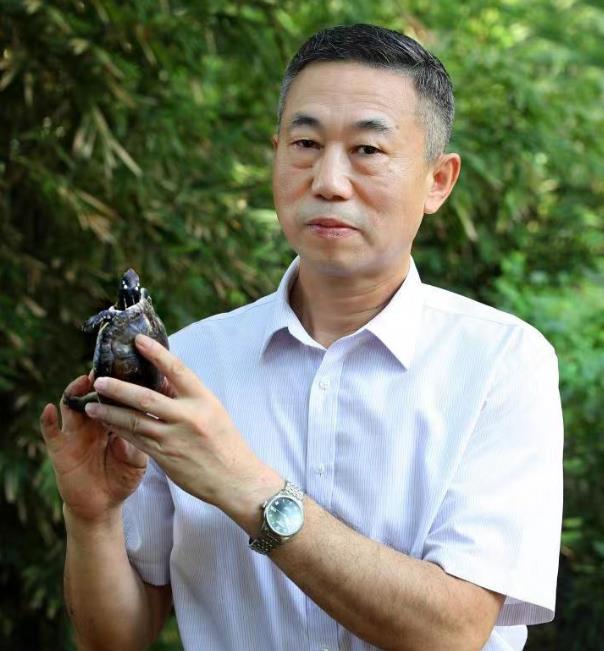



中心简介
龟鳖保护研究中心,位于海南师范大学龙昆南路校区,主体成员为海南师范大学龟鳖保护研究团队的师生,共100余人。其中在职在编的专任教师14人,教授5人,副教授5人,具博士学位12人。其余为在站博士后,在读博士生、硕士生和本科生。另与国内外同行建立了广泛的合作关系。欢迎所有对龟鳖类保护研究感兴趣的同仁加盟我们中心,保护这一神圣而重要的类群,使其繁荣昌盛,为生物多样性保护及生态文明建设共同努力。
本中心主要从事国内外龟鳖类的保护与研究。在保护方面,创建了国内外独具特色的龟鳖类博物馆和国内高校首家海龟救助站,开展了大量科学普及和文化传承工作;为我国海关、农业农村部、林业局及全国各省市开展物种鉴定及执法培训等社会服务活动,有效阻止了非法贸易。在研究方面,对我国三分之一以上的龟鳖类开展了生态学和保护生物学研究。揭示龟鳖类生态适应、濒危成因、致危机制及入侵威胁,推进我国龟鳖多样性的保护及外来入侵物种的防控。同时,开展野生动物多样性保护理念、法律政策、执法管理、体制机制设置等生态文明治理体系与治理能力的研究。

 中文
中文 English
English




2.jpg)

em.jpg)











